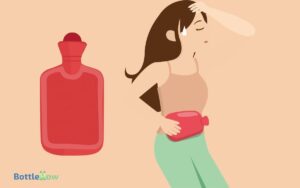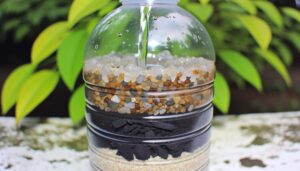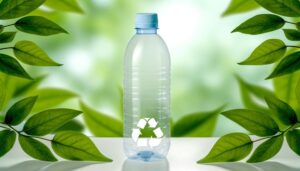Are Ozarka Water Bottles Bpa Free? You Need to Know
You can trust that Ozarka water bottles are BPA-free, ensuring you avoid potential health risks linked to this synthetic compound. Ozarka uses Polyethylene Terephthalate (PET) and High-Density Polyethylene (HDPE) in its packaging, both of which are BPA-free materials.
The company follows stringent quality control processes and complies with industry standards to maintain its BPA-free certification. Independent labs regularly test their bottles to verify their safety.
By choosing Ozarka, you’re opting for durable and safe hydration. Interested in knowing more about the details and benefits of their packaging choices and materials? Stick around for further insights.
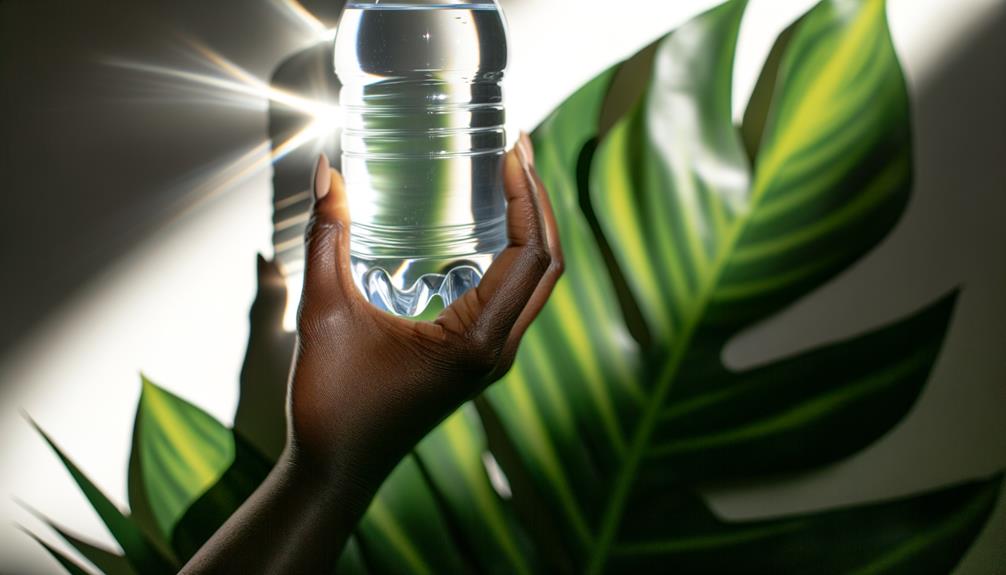
Key Takeaways
- Ozarka water bottles use Polyethylene Terephthalate (PET), which is BPA-free.
- Ozarka employs High-Density Polyethylene (HDPE) that is also BPA-free.
- The company ensures BPA-free certification through rigorous material analysis and quality checks.
- Independent laboratories conduct unbiased testing to confirm Ozarka bottles are free of BPA.
Ozarka Water Bottle Material and Safety Chart
| Feature | Description |
|---|---|
| BPA-Free | Yes, Ozarka water bottles are made from BPA-free plastic (PET) |
| Material Used | Polyethylene terephthalate (PET), a food-grade, BPA-free plastic |
| Recyclability | 100% recyclable plastic bottles |
| Durability | Lightweight, durable, and easy to transport |
| Safety Certifications | Meets FDA safety standards for food and beverage containers |
| Health Concerns | BPA-free, ensuring no harmful chemicals leach into the water |
What Is Bpa?
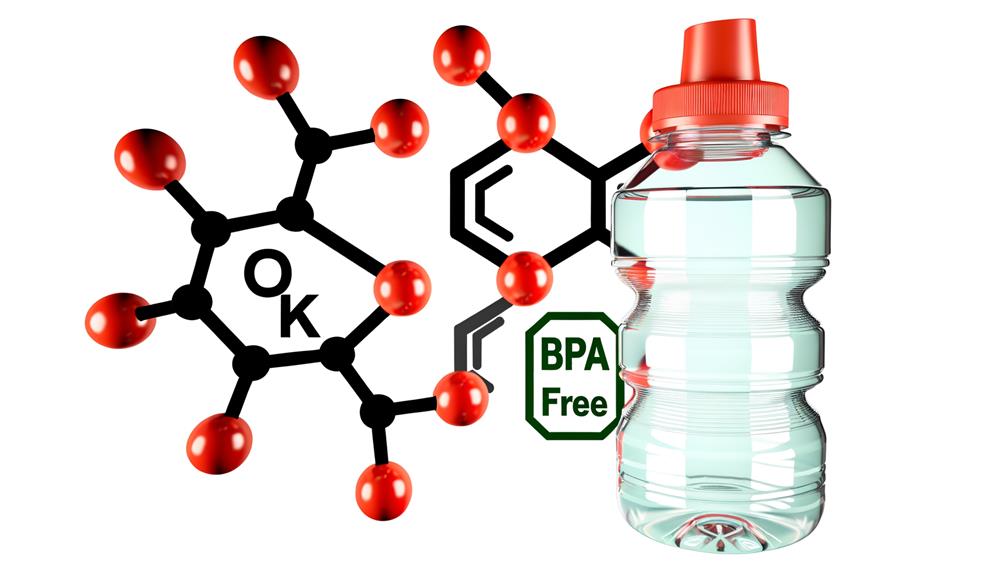
BPA, or Bisphenol A, is a synthetic compound used in manufacturing various plastic products, including water bottles. BPA has raised health concerns due to its potential to disrupt hormones and affect human health. As a result, many manufacturers now produce BPA-free alternatives, such as the Kirkland water bottle BPA free options, to ensure consumer safety. Choosing BPA-free products can help reduce exposure to this synthetic compound.
You’ll find BPA in polycarbonate plastics and epoxy resins, which are favored for their durability and clarity. In these materials, BPA acts as a building block, providing structural integrity and resistance to damage.
This compound is also used in food and beverage containers, as it helps prevent contamination and spoilage. BPA’s molecular structure allows it to bind with other chemicals, forming strong and resilient plastics.
However, its ability to leach into food and beverages under certain conditions raises concern. Understanding BPA’s role in plastic production is essential for evaluating its potential impacts and making informed choices about the products you use.
Health Risks of BPA
When considering the health risks associated with BPA exposure, it’s crucial to examine its potential to disrupt endocrine function and its links to various health conditions.
BPA, or bisphenol A, mimics estrogen, interfering with hormone regulation. You might find that this disruption can lead to reproductive issues, including reduced fertility and developmental problems in fetuses and infants.
In addition, studies have linked BPA exposure to an increased risk of cardiovascular diseases, Type 2 diabetes, and obesity. Research also suggests that BPA could affect brain development and behavior.
Ozarka’s Packaging Materials
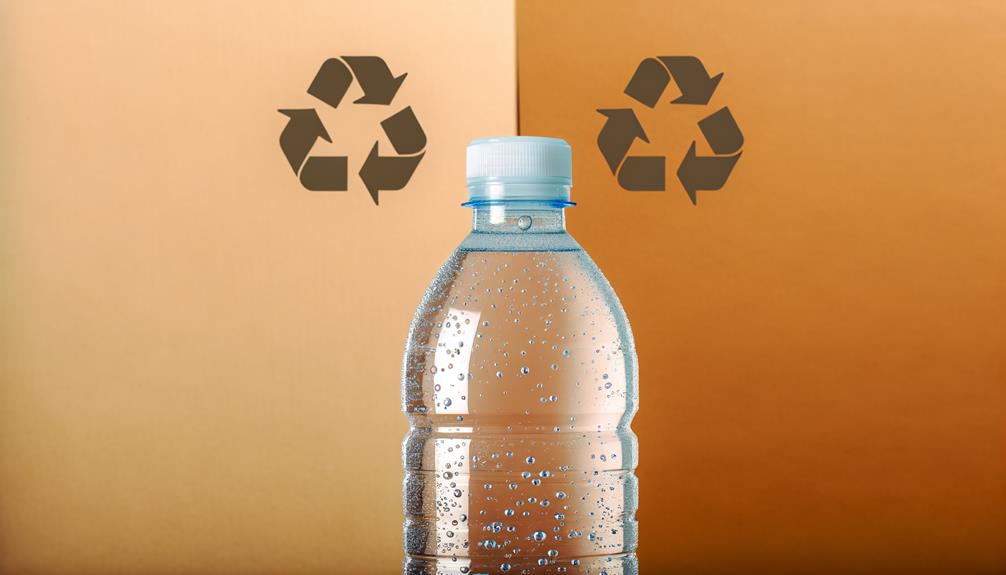
To mitigate the health risks associated with BPA, Ozarka employs packaging materials that are specifically designed to be BPA-free, guaranteeing safer consumption for its customers. Here’s how they achieve this:
- Polyethylene Terephthalate (PET): Ozarka uses PET, a durable and recyclable material, which doesn’t contain BPA and is widely accepted for food and beverage packaging.
- High-Density Polyethylene (HDPE): Another material used is HDPE, known for its strong resistance to impact, moisture, and chemicals, without the risks associated with BPA.
- Quality Control Processes: Ozarka implements rigorous quality control protocols to guarantee that all packaging materials meet BPA-free standards.
- Supplier Verification: They meticulously verify that their material suppliers comply with regulations and standards, ensuring all materials are BPA-free.
This thorough approach provides you with the assurance of safer packaging.
BPA-Free Certification
In order to guarantee their packaging materials are genuinely free of BPA, Ozarka secures BPA-free certification through strict adherence to industry standards and independent third-party testing.
They follow a thorough process that includes rigorous material analysis and consistent quality checks. Independent laboratories conduct these tests, ensuring unbiased verification.
This third-party testing evaluates not just the presence of BPA but also any potential contaminants that could compromise safety. By maintaining transparency throughout the certification process, Ozarka provides you with confidence in their product.
The certification is regularly updated to reflect the latest scientific guidelines, ensuring ongoing compliance. This meticulous approach underscores Ozarka’s commitment to delivering safe, BPA-free water bottles, meeting both regulatory requirements and customer expectations.
Comparing Brands
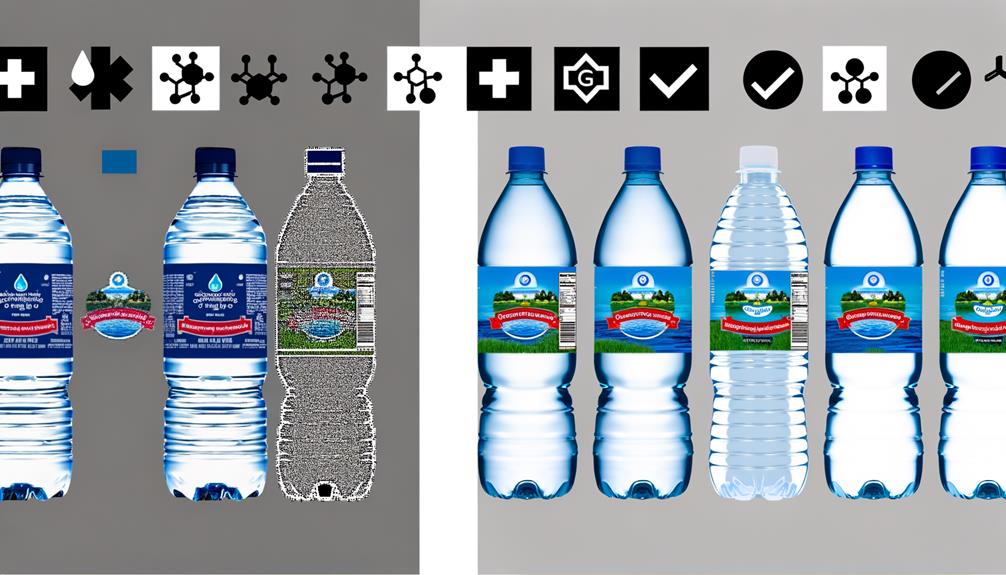
Frequently, comparing brands of bottled water involves examining factors such as material safety, taste, environmental impact, and cost efficiency to determine the best choice for consumers.
When evaluating Ozarka against other brands, you should consider these aspects:
- Material Safety: Verify bottles are BPA-free, reducing exposure to harmful chemicals.
- Taste: Assess the mineral content and source to determine if the flavor meets your preference.
- Environmental Impact: Look at the brand’s commitment to sustainability, including recycling programs and use of recycled materials.
- Cost Efficiency: Compare pricing and volume options to find the most economical choice without compromising quality.
Consumer Reviews
Evaluating consumer reviews reveals first-hand insights into the real-world performance and satisfaction levels of Ozarka water bottles compared to other brands.
You’ll find that many users appreciate the BPA-free assurance, noting that it adds a layer of safety and health consciousness. Comments frequently highlight the durable construction and the taste of the water, often described as crisp and clean.
However, some reviews mention concerns about the plastic’s recyclability and environmental footprint. Compared to competitor brands, Ozarka often receives favorable ratings for its affordability and reliability.
Yet, it’s also important to note that, while most feedback is positive, some consumers report occasional issues with bottle caps and leakage.
Eco-Friendly Alternatives
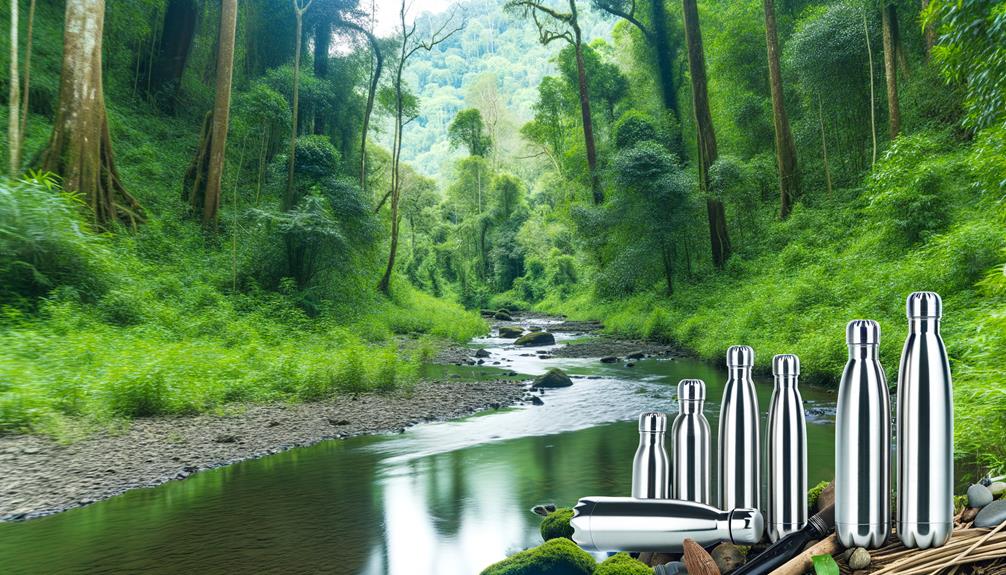
Although Ozarka water bottles offer a BPA-free solution, exploring eco-friendly alternatives can further reduce your environmental impact.
By switching to more sustainable options, you can minimize plastic waste and carbon footprint. Consider these alternatives:
- Stainless Steel Bottles: Durable, reusable, and often insulated to keep your drinks at the desired temperature.
- Glass Bottles: Free from chemicals, easy to clean, and recyclable, though they require careful handling.
- Collapsible Bottles: Made from silicone, these are portable, lightweight, and reduce space when not in use.
- Filtered Water Pitchers: Provide clean drinking water at home, eliminating the need for single-use bottles.
Each option has its own benefits and challenges, but they all contribute to a more sustainable lifestyle.
Conclusion
To sum up, you can confidently choose Ozarka water bottles since they’re BPA-free, ensuring you avoid the health risks associated with BPA.
We’ve analyzed Ozarka’s packaging materials and verified their BPA-free certification, setting them apart from other brands.
Consumer reviews echo this, praising Ozarka’s commitment to safety.
So, breathe easy and make the switch, because when it comes to your health, it’s clear that Ozarka is a cut above the rest.

